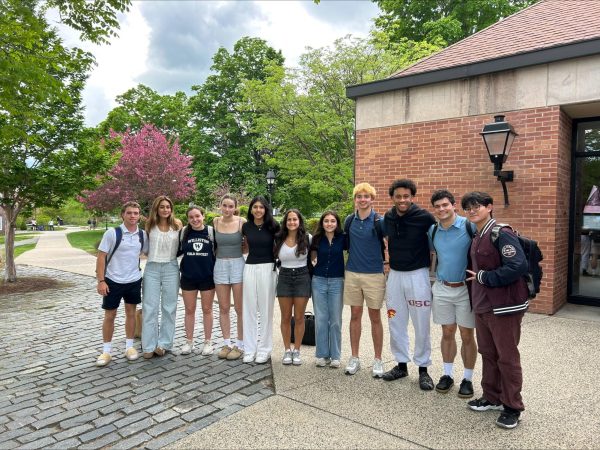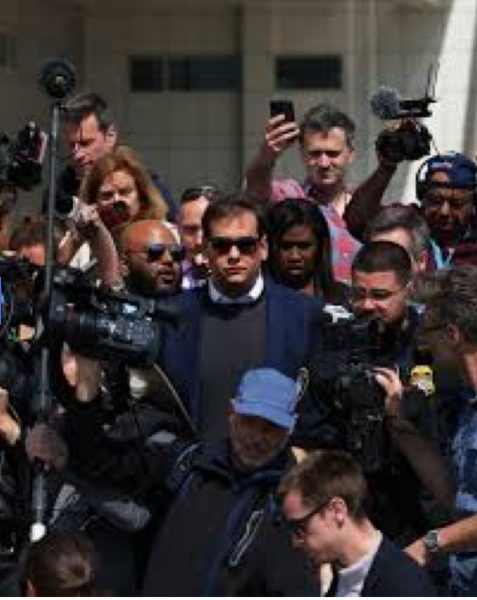The Quest to Save AM Radio
Over the past several years, the public’s increased smartphone and internet usage has contributed to a decrease in the number of AM radio listeners, which has reached a record low. More and more people are listening to satellite, internet, or FM radio, which has resulted in AM radio turning to static. One man by the name of Ajit Pai is determined to revive AM radio by convincing the Federal Communications Commission (FCC) to make the renewal of AM radio a priority.
Pai grew up in Parson, Kansas, although he was born in Albany, New York. His parents both immigrated from India to New York. Today, he lives in Arlington, VA with his family. In 1994, Pai earned a B.A. with honors at Harvard University and in 1997, a J.D. from the University of Chicago. From 2007 to 2011, he served in several different positions in the FCC’s general council. He was nominated for a Republican Party position on the FCC by President Obama in 2011.
Pai believes that AM radio is an important tool in connecting larger communities. Because AM radio has longer wavelengths than FM radio, AM radio can be heard for greater distances than FM. Pai argues that AM radio is also extremely useful in the event of an emergency. Pai reasons that AM radio is the first resource that people turn to when in an emergency. “When the power goes out, when you can’t get a good cell signal, when the Internet goes down, people turn to battery-powered AM radios to get the information they need,” says Pai.
However, the most notable difference between AM and FM radio is the ways in which their radio waves are modulated, or altered. AM radio waves are modulated by amplitude, meaning that they pick up on the whole sound at once, causing static. FM radio waves are modulated by frequency, which means that they avoid changes in amplitude, avoiding static. “AM radio is localism,” says Pai, “It is community.”
Pai remembers with sentiment a time in which he sat and listened to his high school basketball team win the 1987 championships. When describing the road trips he and his family took across the plains of Kansas, Pai recalls listening to AM radio. He describes it as his “constant companion.” “AM radio is always going to be there,” he says.
Pai is urging the FCC’s interim chairwoman, Mignon Clyburn, to put the revival of AM radio at the top of the FCC’s to do list. He suggests that AM radio alter the content on some of their top stations to become more appealing to younger generations.
Additionally, he wishes for the FCC to look into making some of the AM stations high definition. Pai is taking great measures to ensure that AM radio receives more attention. If this task is accomplished, it will alter the ways in which younger radio listeners perceive AM radio – and just might save it.







